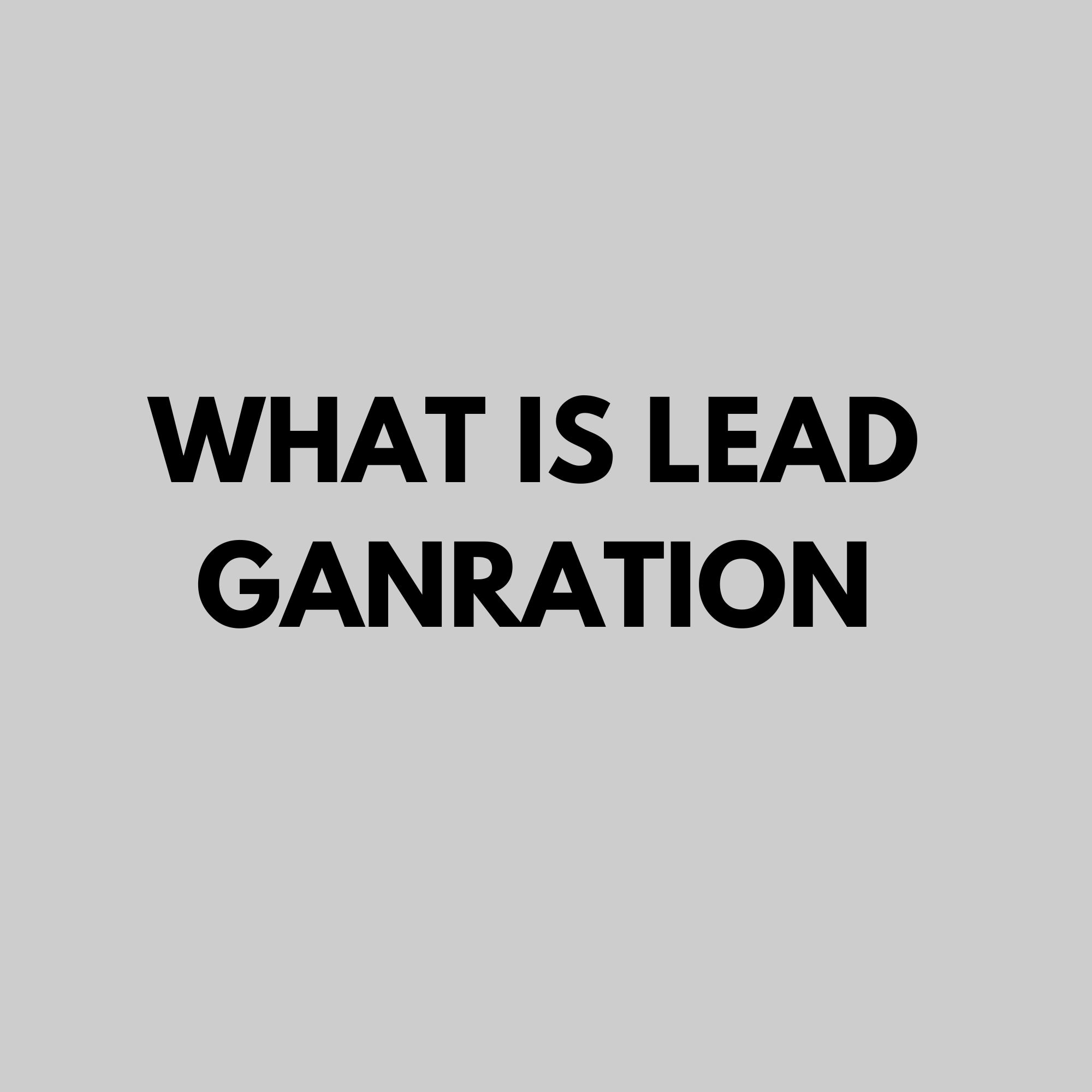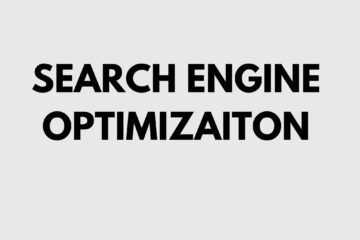
In the vast expanse of digital marketing, lead generation emerges as a cornerstone of sustainable growth and success for businesses across industries. Yet, beyond its surface-level definition lies a realm of depth and intricacy—a landscape where strategy, creativity, and data converge to unlock the full potential of customer acquisition. Join us as we embark on a comprehensive exploration of lead generation, delving into its underlying principles, dissecting effective strategies, and uncovering invaluable insights to empower businesses in their quest for growth and prosperity.
Understanding the Core Principles of Lead Generation
At its essence, lead generation transcends mere acquisition—it’s about building relationships, nurturing connections, and delivering value at every touchpoint of the customer journey. Whether through content marketing, social media engagement, or targeted advertising, the goal remains the same: to attract, engage, and convert prospects into loyal customers. By understanding the fundamental principles of lead generation, businesses can lay a solid foundation for sustained success in the competitive digital landscape.
Strategic Frameworks for Lead Generation Success
Effective lead generation hinges on a strategic approach that integrates seamlessly with broader business objectives. Here are some key frameworks to guide your efforts:
- Persona-Driven Marketing: Understanding your target audience is paramount to effective lead generation. By creating detailed buyer personas based on demographic data, psychographic insights, and behavioral patterns, businesses can tailor their marketing efforts to resonate with the specific needs and preferences of their ideal customers.
- Inbound Marketing Methodology: Inbound marketing revolves around attracting prospects through valuable content and experiences tailored to their needs and interests. By leveraging tactics such as blogging, SEO, social media, and email marketing, businesses can attract qualified leads organically and nurture them through the buyer’s journey.
- Conversion Funnel Optimization: Mapping out the customer journey—from awareness to consideration to decision—allows businesses to identify opportunities for optimization and conversion. By optimizing each stage of the conversion funnel, businesses can streamline the path to purchase and drive higher conversion rates.
- Lead Scoring and Qualification: Not all leads are created equal. Implementing lead scoring and qualification criteria allows businesses to prioritize leads based on their likelihood to convert. By assigning scores based on demographic data, engagement levels, and behavioral indicators, businesses can focus their resources on prospects with the highest potential for conversion.
Tactical Approaches to Lead Generation Excellence
In addition to strategic frameworks, effective lead generation requires a tactical approach that leverages a diverse array of tools and tactics. Some key tactics to consider include:
- Content Marketing: Creating high-quality, informative content that addresses the pain points and interests of your target audience is essential for attracting and engaging prospects. From blog posts and ebooks to webinars and case studies, content serves as a magnet for attracting leads and establishing thought leadership.
- Social Media Engagement: Social media platforms offer unparalleled opportunities for engaging with prospects and building brand awareness. By sharing valuable content, participating in conversations, and leveraging targeted advertising, businesses can expand their reach and attract qualified leads through social channels.
- Email Marketing: Email remains one of the most effective channels for lead nurturing and conversion. By delivering personalized, relevant content directly to prospects’


